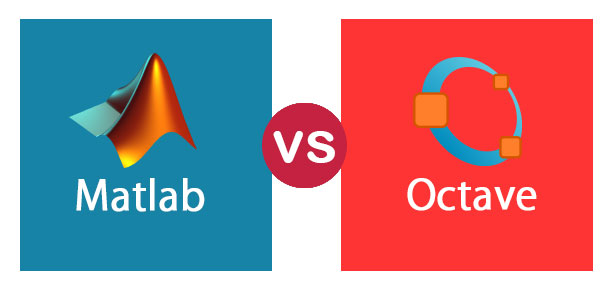


The technical and business newspapers/journals are full of references to "BiG Data". Turing test is used to determine whether or not computer (or machines) can think (intelligently) like humans. This is to check the validity of Turing test developed by Alan Turing in 1950. There are other topics of discussion such as Chinese Room Argument to question whether a program can give a computer a 'mind, 'understanding' and / or 'consciousness'. His approach to machine learning was explained in a paper published in the IBM Journal of Research and Development in 1959". In fact, he coined the term machine learning.

Arthur Lee Samuels, an IBM researcher, developed one of the earliest machine learning programs - a self-learning program for playing checkers. In other words: machine learning is the science of getting computers to act without being explicitly programmed every time a new information is received.Īn excerpt from Machine Learning For Dummies, IBM Limited Edition: "AI and machine learning algorithms aren't new. In contrast to explicit (and somewhat static) programming, machine learning uses many algorithms that iteratively learn from data to improve, interpret the data and finally predict outcomes. are emerging and dominant conversations today all based on one fundamental truth - follow the data. Machine learning, artificial intelligence, cognitive computing, deep learning. the linear algebra behind each algorithm or optimization operations! The best way is to find a data, a working example script and fiddle with them.


 0 kommentar(er)
0 kommentar(er)
